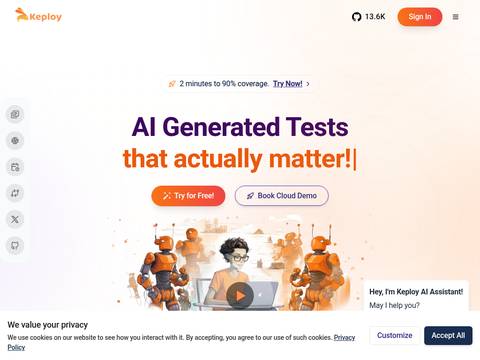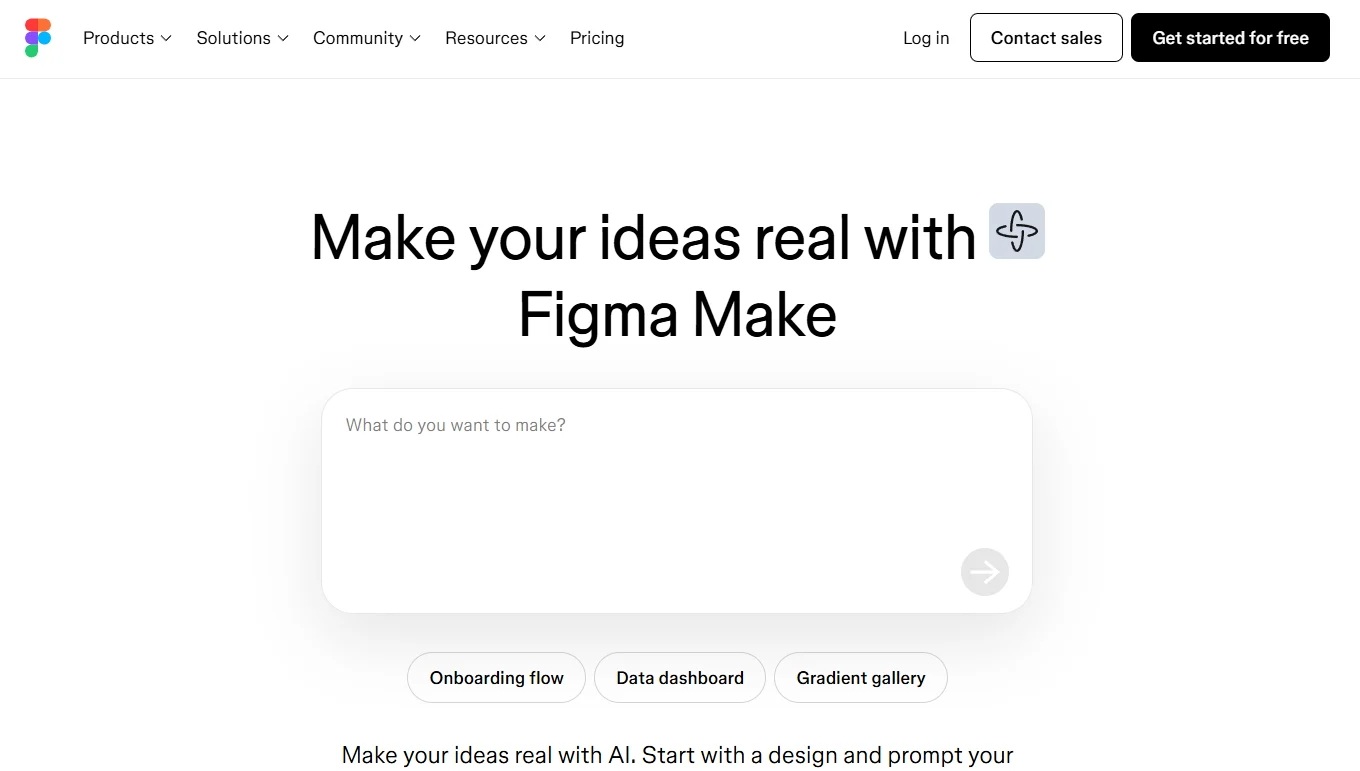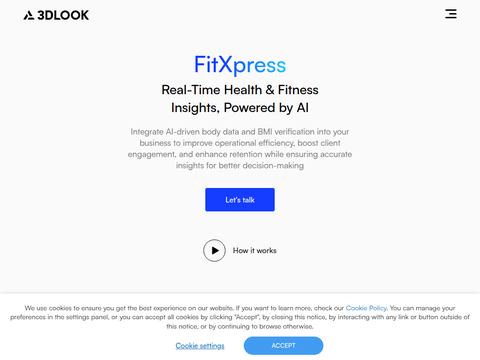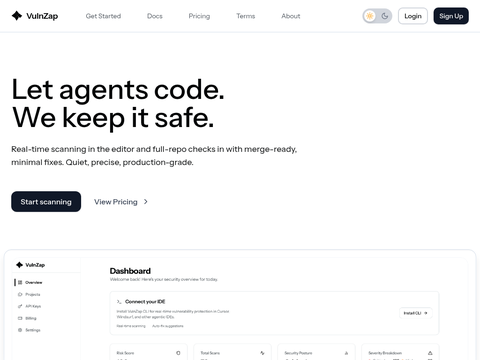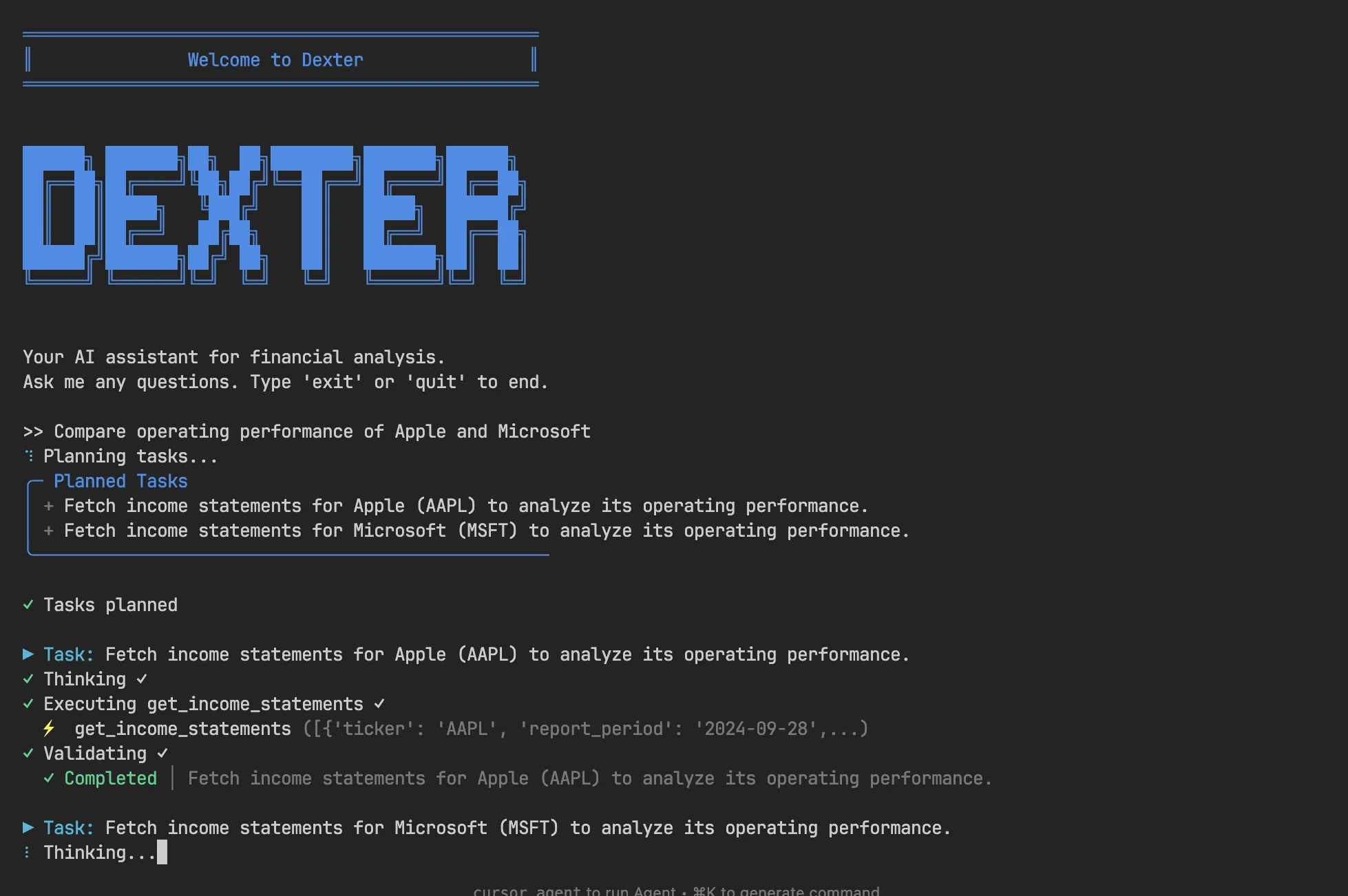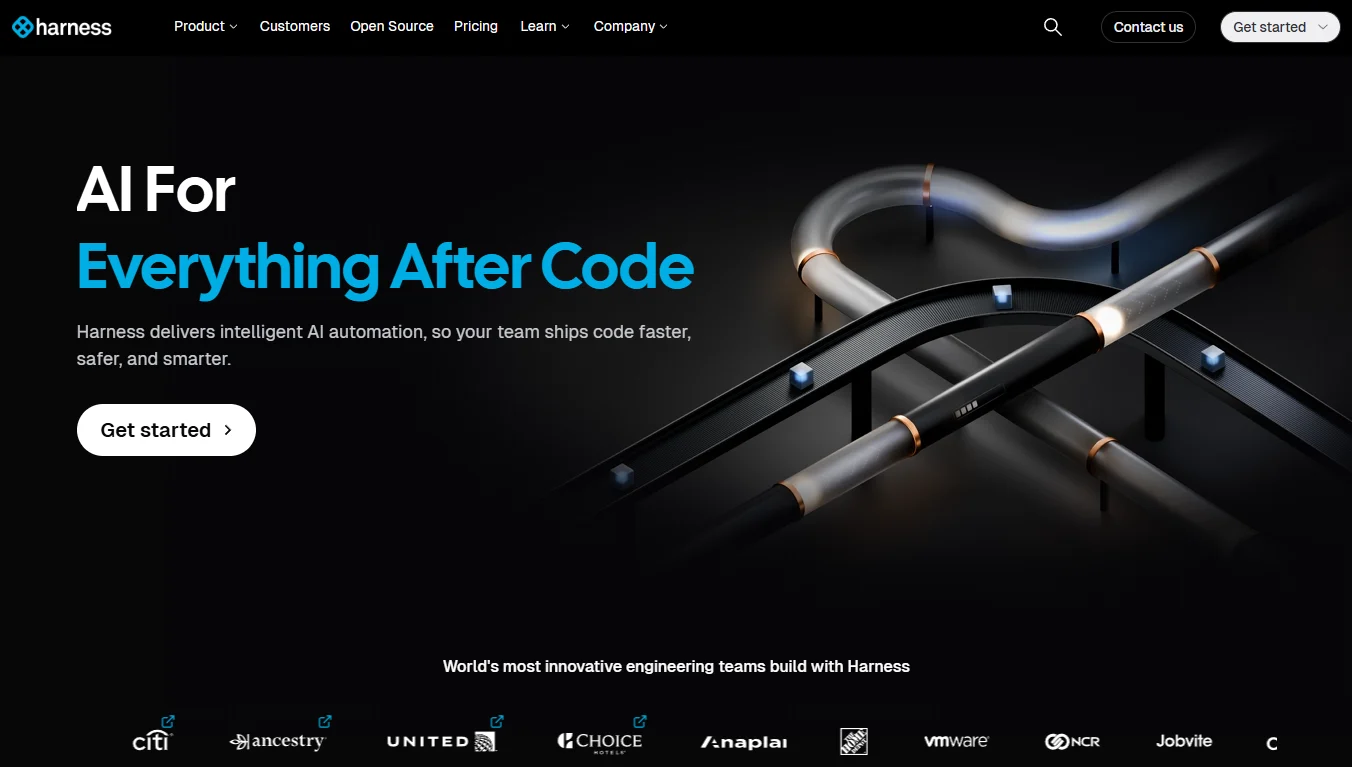In a series of announcements designed to help businesses more easily build AI-based agents and applications, Databricks today unveiled Lakebridge at its Data+AI Summit. This tool aims to simplify and accelerate the notoriously challenging process of migrating from traditional data warehouses.
Databricks states that this free service can automate up to 80% of the migration lifecycle and can be integrated as part of a modern analytics and AI infrastructure strategy. The company points out that demand for its Databricks SQL data warehouse is surging as enterprises seek alternatives to legacy systems, which are often slow and costly.
Lakebridge addresses the complexities of migration through automation, in-depth analysis, intelligent SQL conversion, and built-in validation. It consists of three main components.
The Analyzer scans the company's legacy environment—including tables, views, extract/transform/load jobs, and stored procedures—and categorizes them by complexity. This clarity helps teams plan and prioritize migrations more effectively. The Converter transforms other data warehouses like Teradata’s BTEQ, Microsoft’s T-SQL, and Oracle’s PL/SQL into Databricks SQL or Apache Spark SQL. The Validator ensures data quality and logic remain intact post-migration, with reconciliation tools built into the platform. Dashboards and multi-tab reports embedded in the user interface help teams stay on track.
Open Bidding
Databricks is betting that many companies are ready to move from proprietary platforms to more open alternatives. Although Databricks SQL is not open source, it is based on and supports multiple open-source technologies, including Apache Spark, Delta Lake, and ANSI SQL. Lakebridge converts legacy syntax into ANSI-standard SQL, helping customers transition to open catalogs and interoperable platforms.
Databricks claims that Lakebridge can cut project timelines in half while supporting migrations from over 10 popular systems, including Teradata, Snowflake, Microsoft SQL Server, and Informatica. Additional connectors are currently in private preview.
Lakebridge incorporates technology from BladeBridge, a migration engine acquired earlier this year. According to reports, BladeBridge brings robust SQL parsing, code conversion, and validation capabilities.
In the coming months, Lakebridge will be upgraded with AI-driven code conversion using reinforcement learning to improve translation accuracy. A dedicated data migration module and graphical user interface are also under development.
Cloud AI Partnerships
Databricks also announced two strategic partnerships aimed at expanding its AI capabilities and cloud footprint. The expanded collaboration with Google Cloud introduces Google Gemini models natively into the Databricks Data Intelligence Platform. Customers can directly access Gemini 2.5 Pro and smaller Flash models—including "Deep Thought" mode—through SQL queries and model endpoints.
Deep Thought is a dedicated reasoning mode for Gemini 2.5 Pro, launched last month, enabling the model to traverse multiple reasoning paths in parallel. This integration allows enterprise data to remain within Databricks while being processed by Google’s advanced models, eliminating the need for data replication or complex integrations.
Databricks and Microsoft are also expanding their long-term partnership through deeper integrations with Azure AI Foundry, Microsoft’s low-code Power Platform, and the upcoming SAP Databricks product. This partnership aims to simplify data access, governance, and AI development.
The new partnerships with Google and Microsoft further strengthen Databricks' goal of becoming the default choice for cross-cloud data and AI operating systems. Native integration of leading foundational models without data movement addresses a major friction point in enterprise AI deployment.

